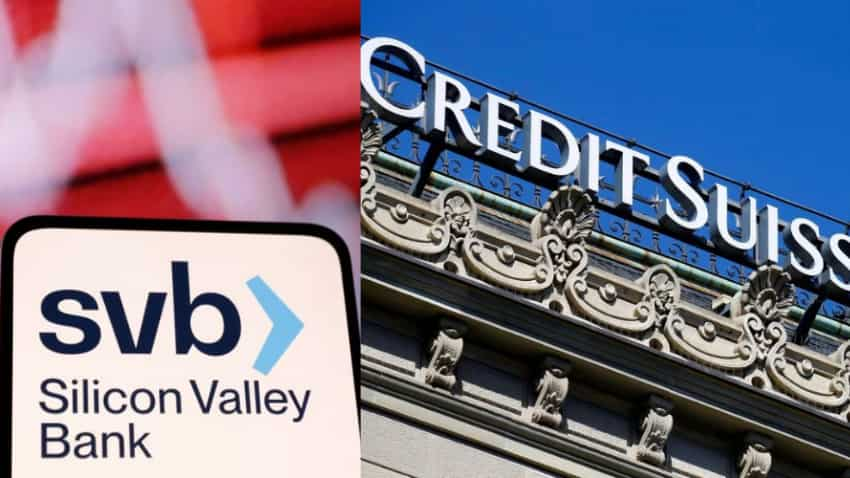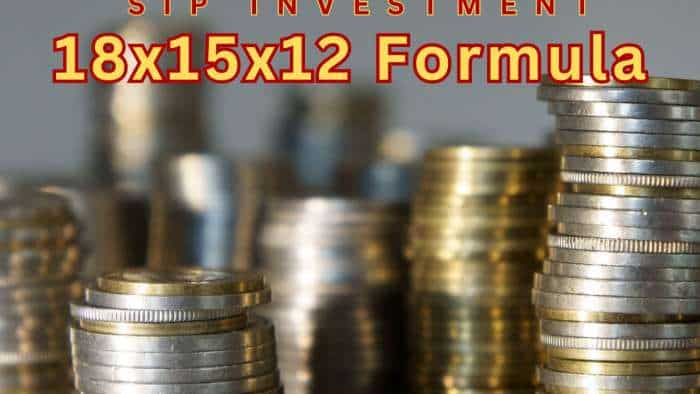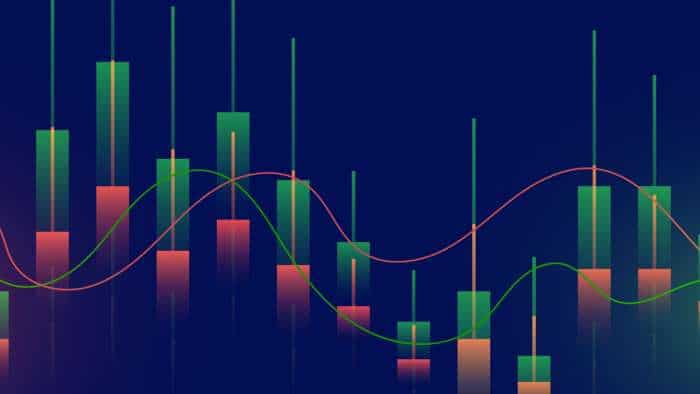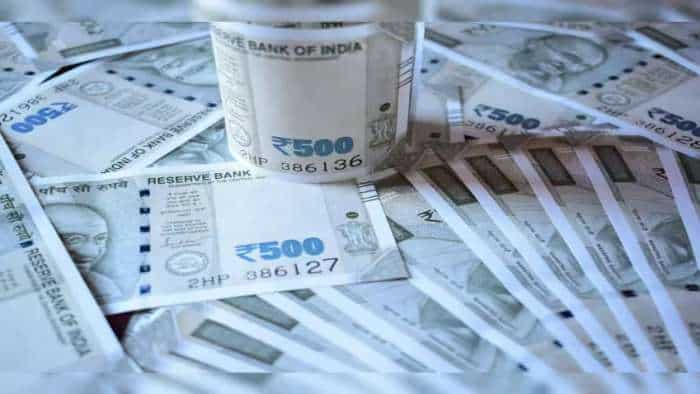The Tale of Two Crises: From Lehman Brothers fiasco to Credit Suisse collapse
The history of the Indian economy safeguarding itself and minimizing the impact from the heat of economic turmoil could be traced back to the Lehman crisis in 2008.

In the past two weeks, two major crises, Silicon Valley Bank crisis, and Credit Suisse collapse created major tension in the banking industry in several countries around the world.
Be it Silicon Valley Bank (SVB) collapse or Signature Bank crisis or the Credit Suisse fiasco, the banking sector in the USA and Europe has been through difficult times in the past few weeks. After the collapse of SVB, a new study has found that 186 US banks are at the risk of meeting a similar fate. The major reasons for this are rising interest rates and high proportion of uninsured deposits, said the report. Before the global economy could cope up with the crisis in the USA, the collapse of Credit Suisse Bank, one of the largest and oldest banks in Switzerland created even more panic. After back-to-back collapse of three major banks, global interest rates have fallen, credit spreads have surged, and fears that the global economy is tipping into a recession have reemerged. So, how have the Indian banks coped while their Western counterparts found themselves in the doldrums?
Amidst the entire hullabaloo surrounding the global banking crisis, Indian banks have managed to remain resilient and safe, due to their current capital levels, healthy asset quality and strict monitoring by the Reserve Bank of India (RBI), pointed out experts. But this is not the first time; the Indian economy and banking sector have managed to remain resilient during a time filled with difficulties at a global level. The history of the Indian economy safeguarding itself and minimizing the impact from the heat of economic turmoil could be traced back to the Lehman crisis in 2008. Although, the country was not completely devoid of any spillover effects during 2008 recession, but studies suggest that the Indian economy suffered “relatively less” from the global financial crisis that followed the collapse of Lehman Brothers.
SVB Crisis and Lehman Crisis- the difference
Lehman Brothers went bankrupt on September 15, 2008. At the time of its collapse, Lehman was the fourth-largest investment bank in the United States with nearly 25,000 employees working for the company across the globe. It had $639 billion in assets and $613 billion in liabilities. The collapse of Lehman Brothers led to the Great Recession of 2008. However, economists, analysts, and experts in the market believed that the magnitude of the SVB crisis has been less as compared to Lehman Brothers.
“The key difference between the Lehman crisis and SVB's failure is that drying up of the inter-banking lending (unable to borrow even when rates are near zero) is not the cause of SVB’s failure. As interest rates rise, MTM losses are expected on treasury papers held by banks (this is more in accounting terms than actual losses), however, the value of those papers still holds good. This is unlike the Lehman crisis when their value of assets had significantly deteriorated,” said Sonal Badhan, economist at Bank of Baroda.
Economists pointed out that the SVB crisis is primarily due to a mismatch in Asset Liability management resulting in a huge loss of $ 1.8 billion spiraling into liquidity risk and a ‘Bank Run’, whereas the Lehman crisis was due to investments in exotic financial engineered products likes mortgage-backed securities and asset-backed securities, credit default swaps and collateralized debt obligation (CDOs).
Impact on the Indian economy during the crises
Despite being relatively less affected during the financial crisis of 2008-09, the impact on India was first visible in the stock market and then on the gross domestic product or GDP. “Due to significant exposure in the bankrupt bank, shares of ICICI Bank saw a sell-off. Even SBI and PNB were reported to have significant exposure in the US bank. Real GDP fell from 7.7 per cent in FY08 to 3.1 per cent in FY09,” Badhan pointed out.
Economists highlighted that in the present scenario, the exposure of Indian banks to SVB is very low. This does not pose any risks to the banking sector which would require any significant stimulus measures by either RBI or the central government.
“Lehman crisis initially affected the real estate sector and snowballed into a global financial crisis impacting players in insurance, banking, financial services, and associated IT firms. Indian banking regulator, RBI was very conservative in adopting exotic financial instruments like Credit Default Swaps, Collateralized Debt Obligations, and the Lehman crisis had little impact on the Indian financial system. But, subsequently, the Indian economy faced moderate recession post-global financial crisis due to recession in the US, Europe,” added Dr. Sriharsha Reddy, Director at IMT Hyderabad.
On the contrary, the current impact due to the SVB crisis or Credit Suisse is more through currency and yields, which is driven by the risk appetite of investors, asserted economists. In times like these, investors usually flock towards safe havens, which adversely impact emerging market currencies and yields, believe economists.
The only sector in India which is the most vulnerable one after the SVB collapse is the start-up ecosystem, as a large chunk of funding used to come from the US, said economists and start-up founders.
Get Latest Business News, Stock Market Updates and Videos; Check your tax outgo through Income Tax Calculator and save money through our Personal Finance coverage. Check Business Breaking News Live on Zee Business Twitter and Facebook. Subscribe on YouTube.
RECOMMENDED STORIES

18x15x12 SIP Formula: In how many years, Rs 15,000 monthly investment can grow to Rs 1,14,00,000 corpus; know calculations

PPF For Regular Income: How you can get Rs 78,000 a month tax-free income through Public Provident Fund investment?

Rs 5,000 SIP for 40 years vs Rs 50,000 SIP for 20 years: Which can create higher corpus? See calculations to know it
10:38 AM IST










 Swiss central bank calls for more action on capital regulation
Swiss central bank calls for more action on capital regulation SNB vice-chairman says further rate hikes may be needed
SNB vice-chairman says further rate hikes may be needed UBS job cuts are tiny strike at Asia wealth fears
UBS job cuts are tiny strike at Asia wealth fears UBS reports huge 2Q profit skewed by Credit Suisse takeover and foresees $10 billion in cost cut
UBS reports huge 2Q profit skewed by Credit Suisse takeover and foresees $10 billion in cost cut Done Deal! Swiss giant UBS completes takeover of embattled rival Credit Suisse
Done Deal! Swiss giant UBS completes takeover of embattled rival Credit Suisse